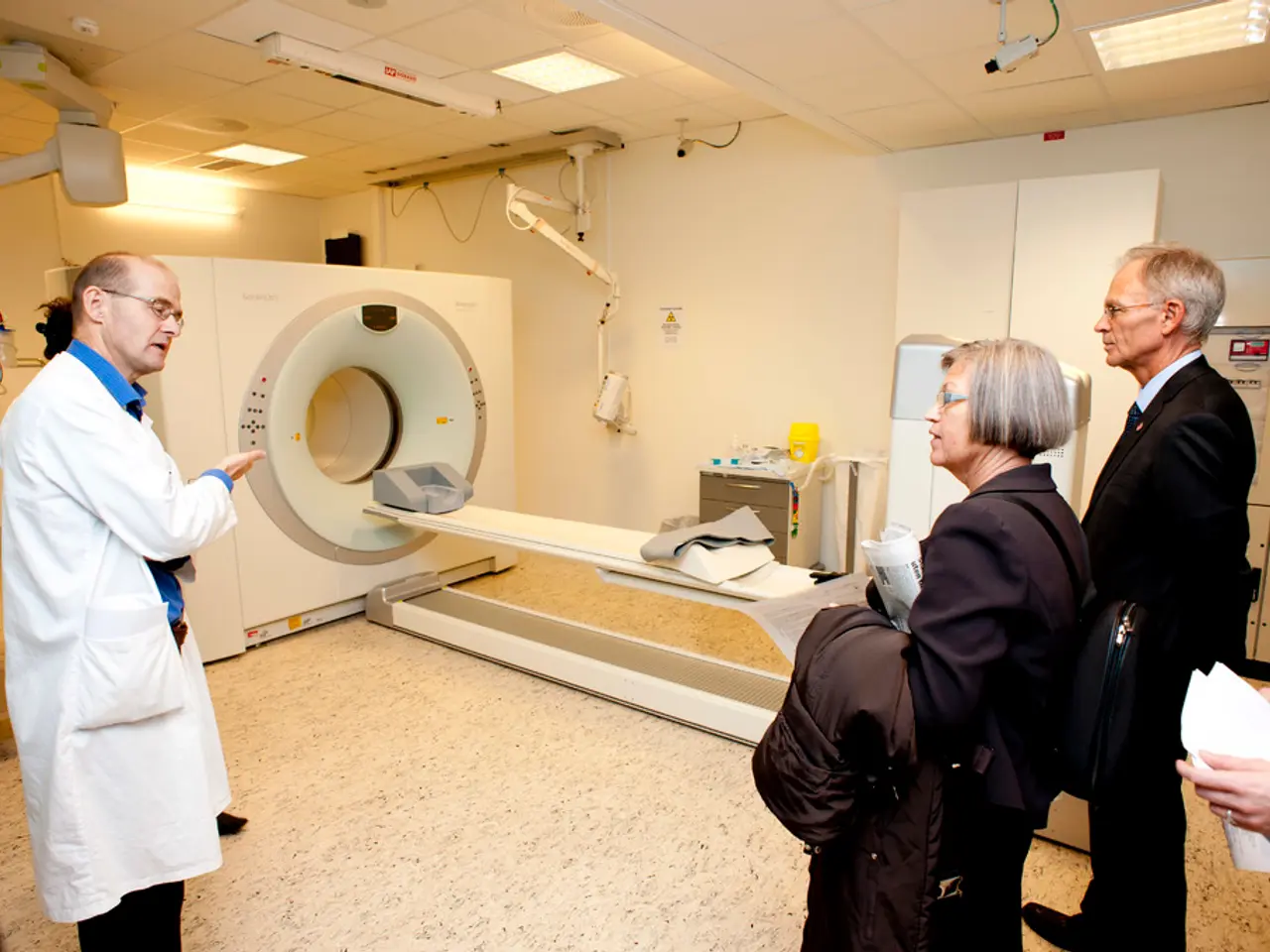Building Initiatives and Their Consequences: Trash Production Increase
In a concerted effort to reduce its environmental impact, the construction industry is increasingly adopting sustainable waste management practices. This shift is crucial, as the high volume of waste generated by the sector not only affects the environment but also has economic and social implications.
The World Green Building Council highlights the significant potential for reducing waste in the construction industry through the implementation of best practices and sustainable construction techniques. By implementing sustainable waste management practices, the industry can help reduce its impact on the environment and contribute to a more sustainable future.
To achieve waste reduction, a combination of proactive planning, material management, on-site practices, and continuous improvement is essential. Key players such as architects, engineers, contractors, and policymakers must work together to implement these practices.
## Planning for Waste Reduction
Design for waste minimization is a critical first step. Architects and designers should prioritize designs that reduce the amount of material required and make recycling easier by standardizing dimensions and selecting recyclable materials. Accurate material estimation is also crucial, with project teams ordered only the exact amount of materials needed to avoid excess and reduce leftover waste.
Sourcing materials locally decreases transportation emissions, reduces packaging waste, and supports the local economy. Collaboration with suppliers who offer take-back programs for unused materials or deliver materials with minimal packaging is also beneficial.
## On-Site Waste Management
Waste segregation is essential on-site, with designated areas for different types of waste (e.g., wood, metal, concrete) to facilitate recycling and reuse. Employee training is vital to ensure compliance and participation in waste management protocols. Efficient material handling, proper storage, and robust recycling and reuse programs further reduce waste.
## Technology and Data-Driven Practices
Project Management Information Systems (PMIS) can help monitor material usage, track waste, and optimize resource allocation in real-time. This data can be used to identify trends and areas for improvement. Regular waste audits assess the types and amounts of waste generated, providing valuable data for refining strategies for future projects.
## Energy and Resource Efficiency
Energy-efficient equipment and LED lighting can reduce energy consumption. Where feasible, investing in on-site renewable energy such as solar panels can decrease reliance on external power and reduce emissions.
## Continuous Improvement
Post-project reviews identify successes and areas for improvement. Adopting circular economy principles, such as repurposing or refurbishing materials instead of sending them to landfill, further supports environmental sustainability.
## Handling Hazardous Waste
Hazardous materials must be identified, handled, and disposed of according to environmental regulations to prevent contamination and health risks.
These best practices support both environmental sustainability and cost efficiency in construction projects. Modular construction, which results in less waste and a faster construction process, is another promising approach. However, over-ordering of materials, poor project management, inadequate storage and protection of materials, lack of recycling and reuse, and environmental factors contribute to waste generation in construction projects.
Implementing materials recycling at construction sites can significantly reduce waste. A sustainable construction project in Germany showed a 40% reduction in waste through the implementation of waste management strategies and efficient resource utilization. The production of building materials for construction projects results in significant greenhouse gas emissions, making waste reduction a vital step towards a more sustainable future.
- In the realm of education and self-development, studying sustainable waste management practices in engineering projects is paramount for the future of the construction industry.
- The recycling of materials at construction sites is a strategic initiative that can bring about a 40% reduction in waste, as demonstrated by a sustainable construction project in Germany.
- The engineering sector plays a pivotal role in implementing best practices for waste reduction and sustainable construction, contributing to health and wellness and general news in the industry.
- The finance industry can also benefit from sustainable practices in the construction sector, as cost efficiency is achieved by reducing waste through proactive planning and material management.
- The adoption of sustainable waste management practices in the construction industry can not only impact the environment but also influence health-and-wellness and lifestyle choices, as new technologies emerge for recycling and reuse.
- On-site waste management involves efficient material handling, proper storage, waste segregation, and recycling programs to minimize waste generation during construction projects.
- To promote a more sustainable future, architects, engineers, contractors, and policymakers must collaborate to implement sustainable construction practices and waste reduction strategies.
- In line with the principles of the circular economy, repurposing or refurbishing materials instead of sending them to landfill can further support environmental sustainability in construction projects.
- By focusing on energy efficiency through the use of energy-efficient equipment, LED lighting, and on-site renewable energy sources such as solar panels, construction projects can reduce their carbon footprint and contribute to a greener planet.




